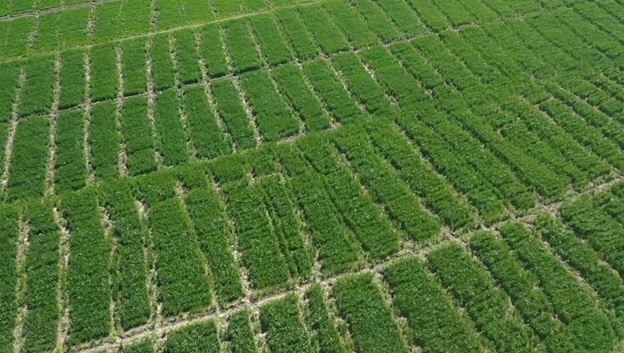
Ethiopia’s agricultural development continues to progress, serving as a model for Africa’s agricultural and food sovereignty programs. At the recent Comprehensive Africa Agriculture Development Programme (CAADP) summit held in Uganda, Ethiopia’s agricultural achievements were presented as a blueprint for national agricultural transformation.
These developments align with the CAADP Strategy and Action Plan (2026-2035), which aims to enhance agricultural productivity and sustainability across Africa. With an annual economic growth rate of 8.4% and an anticipated 6.1% increase in agricultural production (reaching 1.4 billion quintals), Ethiopia is exceeding CAADP’s ambitious goals.
Minister of Agriculture Girma Amente highlighted the country’s successful implementation of the National Agricultural Investment Plan (NAIP), which prioritizes public investment in agriculture and addresses resilience targets. Ethiopia has significantly increased its agricultural budget, surpassing CAADP’s 6% annual growth target and delivering consistent improvements in crop yields, food security, and livestock production.
Minister Girma emphasized three key initiatives driving Ethiopia’s agricultural success like wheat production enhancement that increased annual wheat production to 231 million quintals, achieving self-sufficiency and eliminating wheat imports. This ensures food security and resilience in the face of global agricultural and climatic challenges, particularly in the drought-prone Horn of Africa.
Through Green Legacy Initiative, Ethiopia Planted over 40 billion trees in six years, demonstrating a strong commitment to environmental sustainability and agro-forestry and Lemat-Trufat (Bounty of Basket) Program has diversified agricultural outputs, boosting rural incomes through increased dairy, poultry, and honey production.
Strategic resource mobilization, collaboration with smallholder farmers, private sector engagement, and strong leadership has been crucial to Ethiopia’s success. Minister Girma emphasized the value of aligning national plans with continental frameworks like CAADP, facilitating knowledge sharing, and promoting collective action.
President Taye Atske-Selassie underscored the urgent need for renewed commitment and concerted action to achieve Africa’s shared vision of food sovereignty. He acknowledged that African agri-food systems are undergoing significant transformations driven by complex factors, including economic, demographic, technological, environmental, and climate change.
President Taye emphasized the importance of digital agriculture and climate-smart innovations, citing heat-resistant wheat varieties developed in partnership with the African Development Bank as an example. Ethiopia’s alignment with the Kampala CAADP Declaration and its integration of the Malabo Declaration principles demonstrate its commitment to continental agricultural goals.
While acknowledging that some African countries, such as Egypt and Morocco, have made progress in improving traceability of agricultural products, President Taye emphasized the need for greater efforts across the continent. He highlighted that Africa’s food imports cost up to 100 billion USD annually, underscoring the urgency of addressing this issue.
“It is a shame that the continent’s food imports cost up to 100 billion USD,” stated Ugandan Prime Minister Robinah Nabbanja.
“This summit must produce concrete proposals on how Africa can overcome this undesirable situation. To guarantee our future as Africans, we must feed ourselves.”
BY YESUF ENDRIS
THE ETHIOPIAN HERALD WEDNESDAY 15 JANUARY 2025





